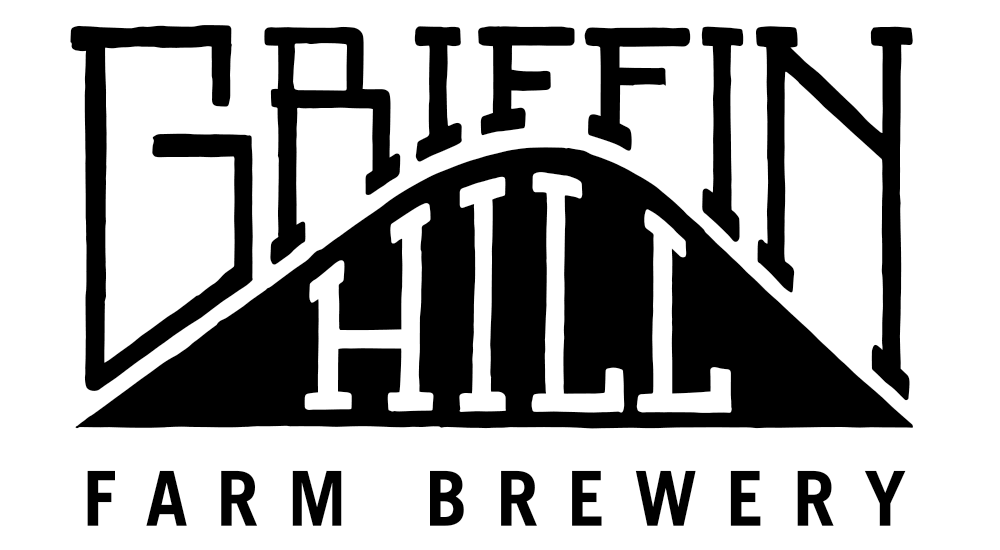Saul and I have been juggling multiple projects since touching down at
JFK on April 30th and hightailing it to Syracuse to settle up with our tenant, move into our house, and get our enterprise off the ground. One of our first endeavors was building a hops nursery, which we accomplished with much help from Saul's parents, Fran and Bob, who are also our neighbors now. Fran, a plant scientist by profession, is our agricultural consultant.
Witness the transformation.
The cleared site located in Fran and Bob's backyard. Also where Saul and I camped the first two weeks of May as we scrubbed our house.
Spring has sprung and we are tilling in compost. Tent gone. We moved in (somewhat).
Finally, the soil is nice and dry. Saul works the auger like a pro. Time to get our hops out of the hoop house and into the ground.
Our open-air hoop house was great in early May. Here are Saul and Fran stringing the hops up with coconut coir.
But just a few weeks later, it was getting pretty crowded. These fast-growing hops are more than ready for a new home!
The posts. 32 ten-foot black locust posts from our land. Cut by Bob.
A couple hours later... posts are up!
One very busy day later, fence is up, top wire is up, beds are raised, and 65 plants occupying the first three rows are in the ground! Magnum, Chinook, Sterling, Perle, Columbus, Fuggle, East Kent Golding, and a NY "mystery" variety from a friend of a friend's farm. Another 120 plants coming mid-June will fill the last five rows.
Our hops jungle! The plants are loving their new home, and so are we.
There we have it. Our sweet little hops nursery. It really is a pleasure to stroll down the alleyways and scout our hops.
Just why are we bothering with a hops nursery? Isn't it extra work to start plants in a nursery then move them somewhere else? It is indeed, but this hops nursery holds many advantages for us.
First of all, it buys us some time.
We really wanted to get plants in the ground this year because hops
take several years to get a real yield. However, our permanent yard is far from ready. A nursery allows us to get our hops going at the same time as
we prepare our yard. Right now, as our baby hops are thriving
in our nursery, our first half-acre permanent yard is enjoying a
buckwheat cover crop that is smothering out weeds and will act as a green manure. By the time we are done with soil preparations, our baby plants will have a worthy home to move into next year.
A second advantage has to do with trialing.
This year, we are growing fifteen different varieties of hops in our nursery. We
don't necessarily expect all these varieties to make it into our
permanent yard. Though a true trial takes several years, we'll have a sense of how the different varieties do on our land after this
growing season. This connects to one of my main takeaways from my time
with Peter Darby in the UK: It's all about how specific varieties do on
your specific land. The only way to really find out what varieties grow
well here is to grow them. This is especially true in our area considering that the old New York hops industry was basically a Cluster monoculture. NY growers are just beginning to figure out what grows well here. And since NY is such a big and varied state, what grows well in one part may not in another. A nursery is a
good place for local trial and error to start.
Also, disease prevention
is on our minds. We do not want to put infected plants into
our permanent yard. Our nursery will act as a buffer, giving us a year to
scout and spot potential problems with plants before they graduate to
our big yard. In addition, our nursery gives us potential for in-house propagation. If our plants are good and robust, we can divide them to stock our hop yard. This year, we are growing about 185 plants. Next year, our half-acre will hold about 400 plants. We may be able to make up some of this difference without spending money on more plants. Sounds good to us!
Another great thing about the nursery is how it gave us the first-hand experience of building a hop trellis system on a small scale. Good preparation for the 18-foot poles that await us this fall!










